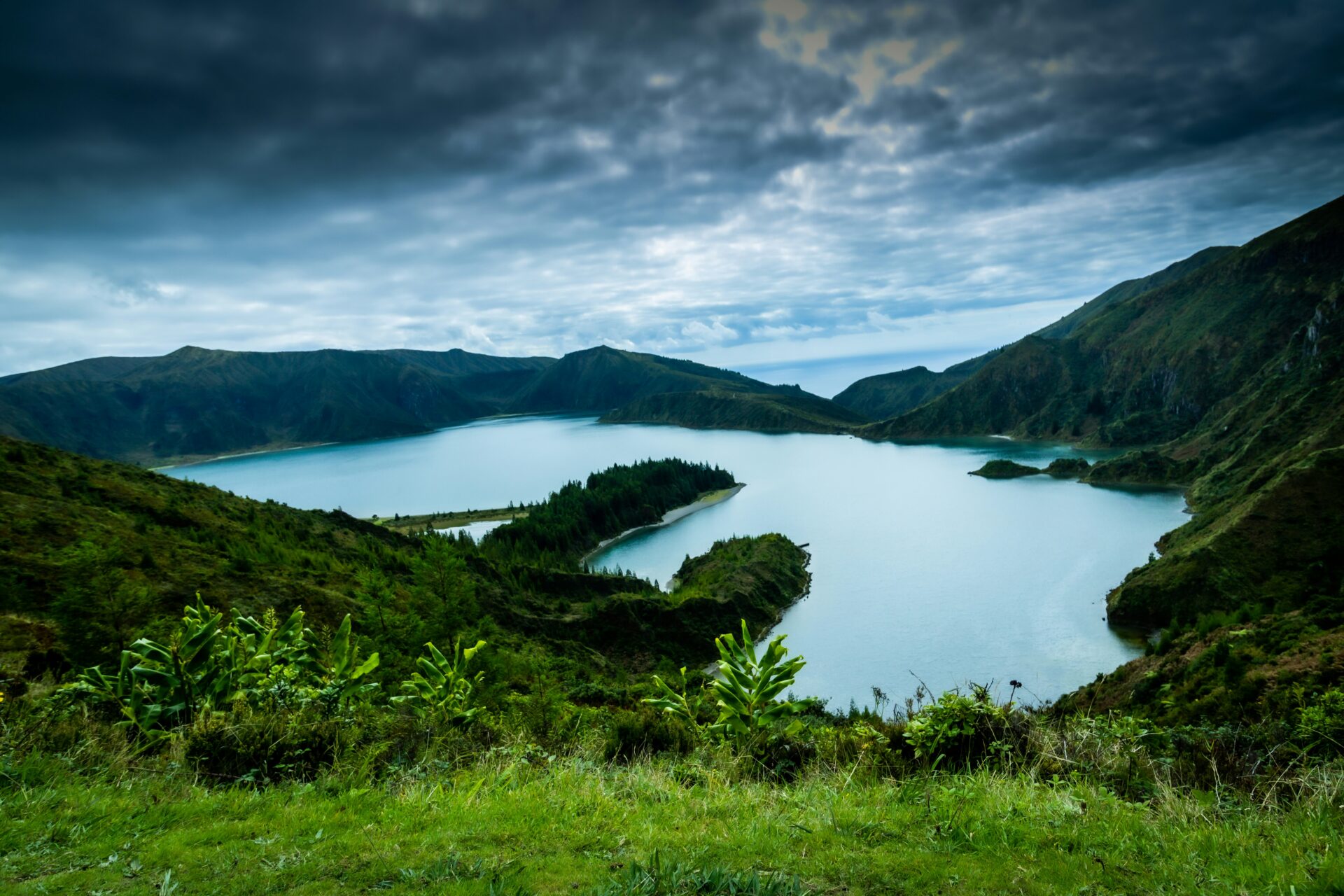When I first stepped foot on the Azores islands, I had no idea this hidden gem would steal my heart. Nestled in the Atlantic Ocean as an autonomous region of Portugal, these islands offer everything a traveler could want. The Azores truly represent one of travel’s best-kept secrets, combining natural beauty, authentic culture, and remarkably reasonable costs in a destination that hasn’t yet been overrun by tourism.
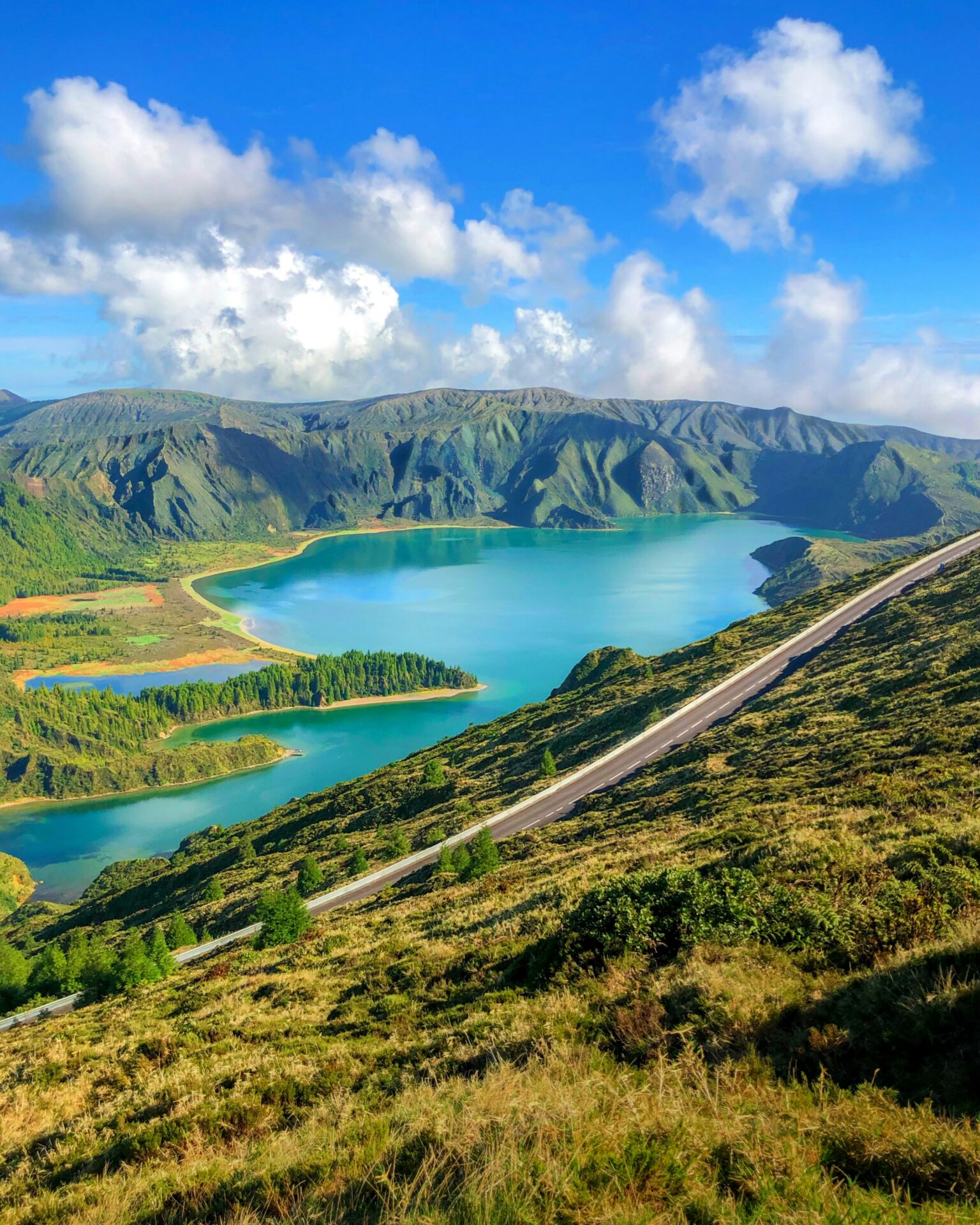
The magic of the Azores lies in their perfect balance. During my visit, I enjoyed incredible meals with wine and dessert for about 30€, while the most expensive dinner only set me back 55€. Hotels were similarly affordable, yet the experiences were priceless. Unlike crowded destinations that have lost their charm, these Portuguese islands maintain their authentic character.
What surprised me most was how the Azores offer everything I loved about more famous island destinations without the downsides. The vineyards, vibrant port cities, and warm hospitality create an atmosphere that’s both welcoming and exciting. For travelers seeking warmth, culture, and natural beauty without battling crowds, the Azores provides a refreshing alternative to more popular island getaways like Hawaii.
The Enchanting Azores: An Overview
The Azores archipelago captivated me immediately with its dramatic volcanic landscapes and rich cultural heritage. These nine Portuguese islands sitting in the middle of the Atlantic Ocean offer a perfect blend of natural wonders and authentic island life that few European destinations can match.
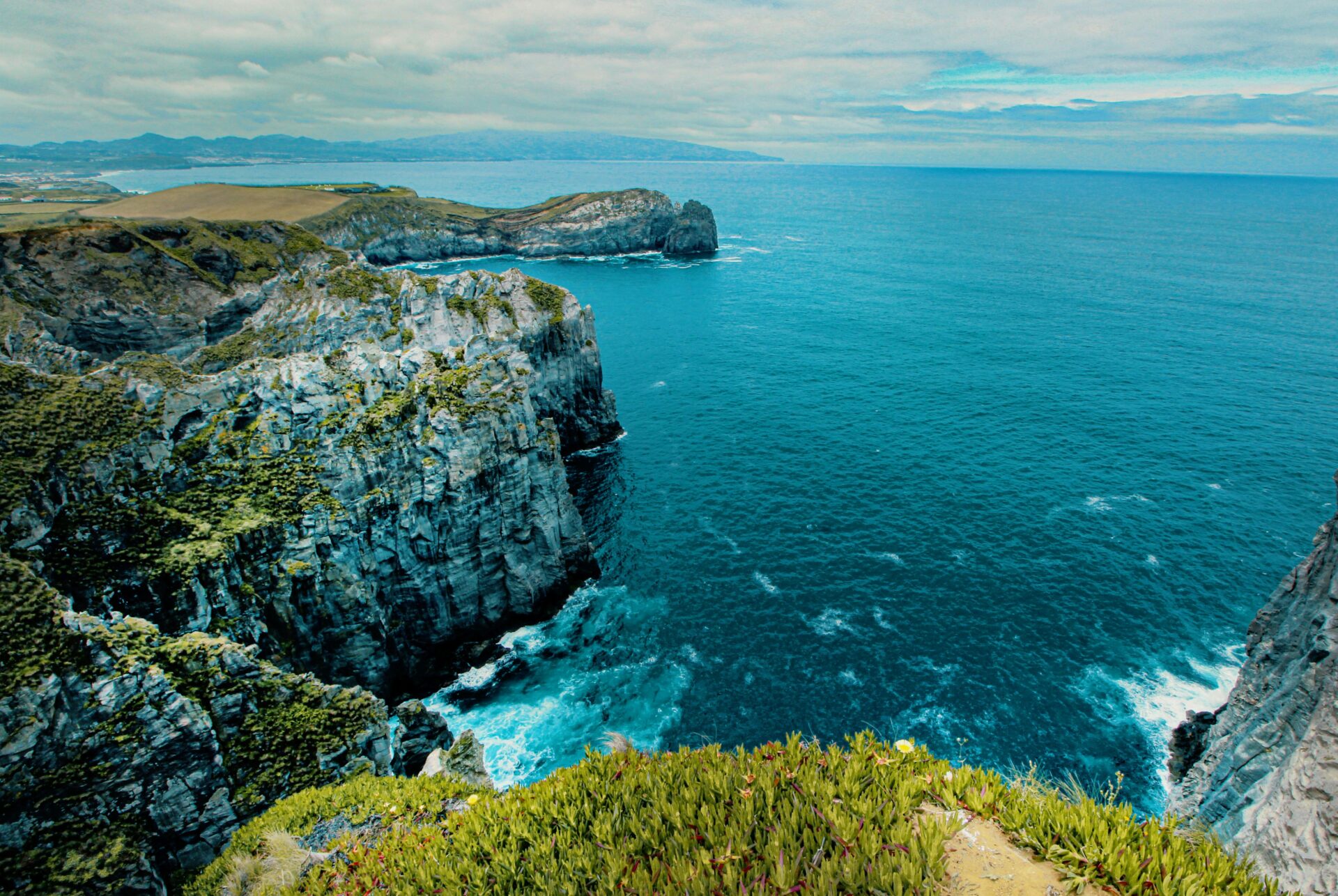
Geographic Wonders of an Archipelago
The Azores comprise nine volcanic islands spread across the North Atlantic, about 950 miles west of mainland Portugal. Each island has its own distinct character and appeal.
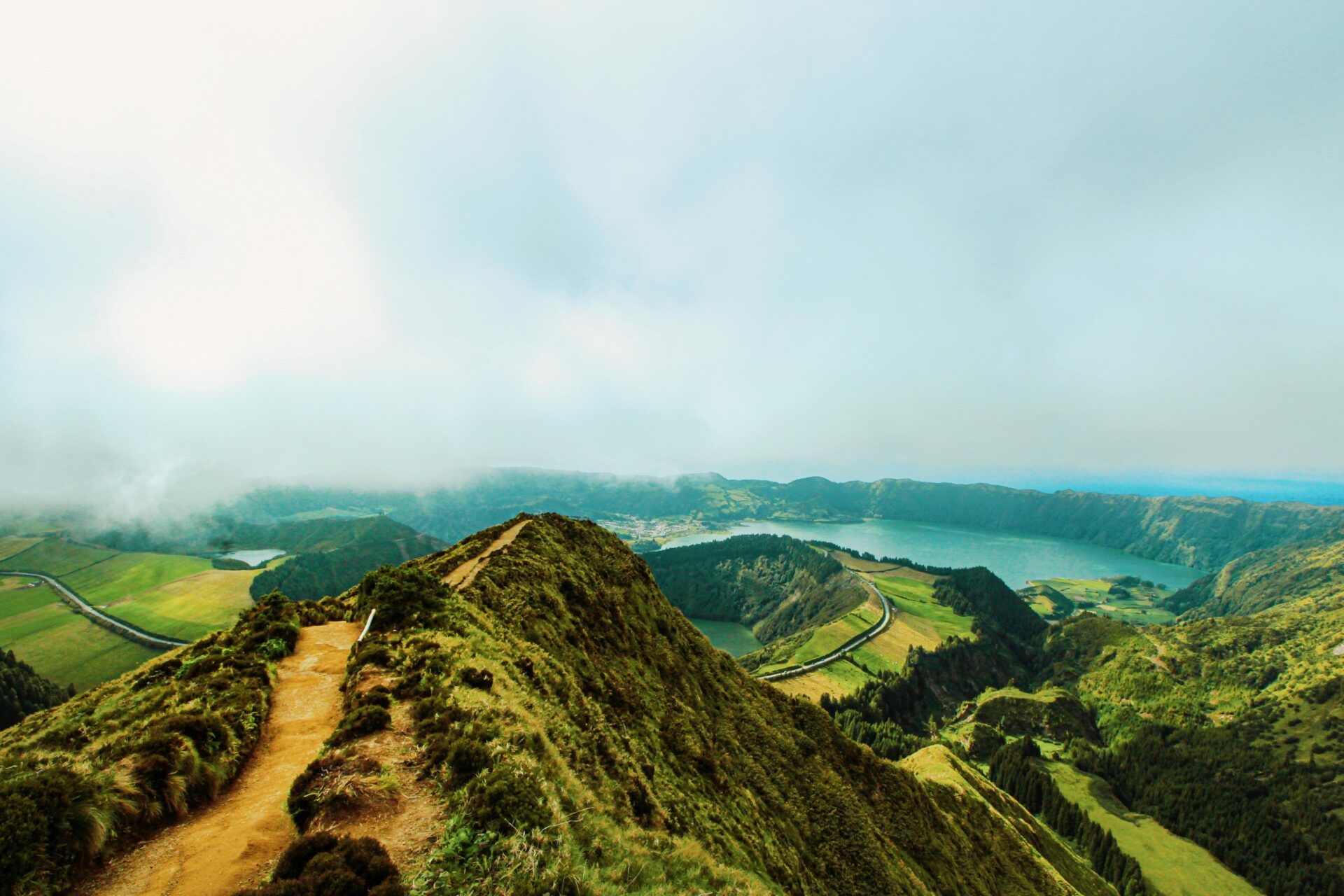
São Miguel, the largest, features stunning crater lakes like Sete Cidades with its famous blue and green lagoons. Meanwhile, Pico Island boasts Portugal’s highest mountain, and Terceira charms with its UNESCO-listed historic center. The landscape includes dramatic coastlines, lush green pastures, and thermal hot springs where I soaked away my travel fatigue.
When I visited, I was struck by how the islands’ volcanic origin created such diverse scenery. Bubbling geysers, turquoise lagoons, and black sand beaches are just some of the geographical highlights that make these islands so unique.
Unveiling the History and Culture
The Azores’ fascinating history dates back to Portuguese discovery in the 15th century. Walking through towns like Angra do Heroísmo, I felt transported through time with its well-preserved colonial architecture and cobblestone streets.
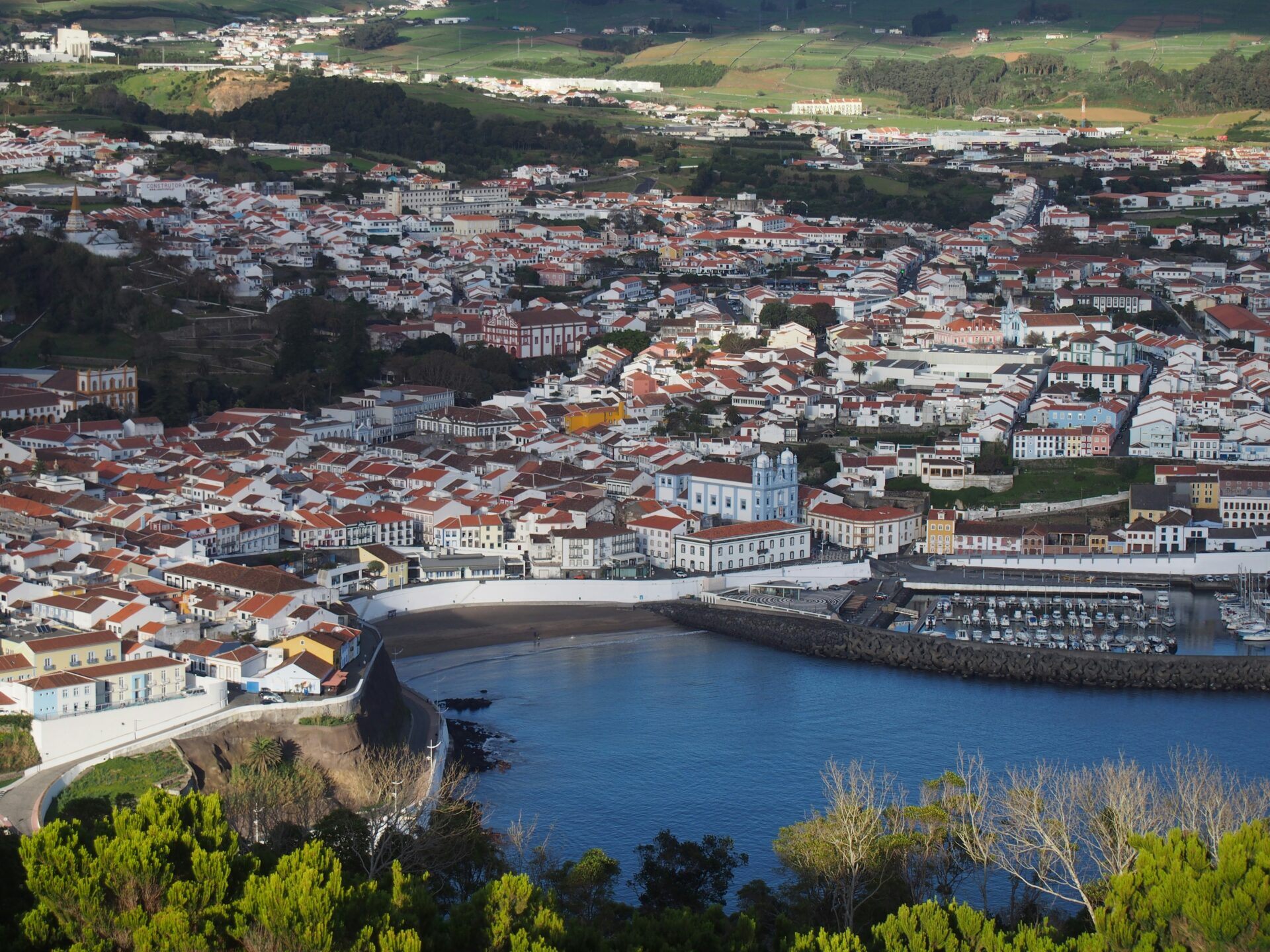
The islands’ strategic location made them important during the Age of Discovery and later as a stopover for transatlantic journeys. This maritime heritage is evident in local festivals, cuisine, and traditions.
I found the local culture to be a delightful mix of Portuguese traditions with unique island adaptations. The famous hydrangea-lined roads create a stunning backdrop to explore quaint villages. Meanwhile, local cuisine focuses on fresh seafood, island-grown pineapples, and distinctive wines from Pico’s UNESCO-protected vineyards.
The islanders’ connection to the sea extends to whale watching opportunities, replacing the historical whaling industry with eco-tourism that helps protect these magnificent creatures.
Navigating the Islands: Travel Tips and Essentials
Planning a successful trip to the Azores requires knowing the best timing for your visit and understanding how to get around these beautiful Portuguese islands. These insights helped me make the most of my island-hopping adventure.
Best Time to Visit
The Azores enjoy a unique subtropical climate thanks to their position in the Gulf Stream. This creates fairly consistent temperatures year-round, making them accessible during any season.
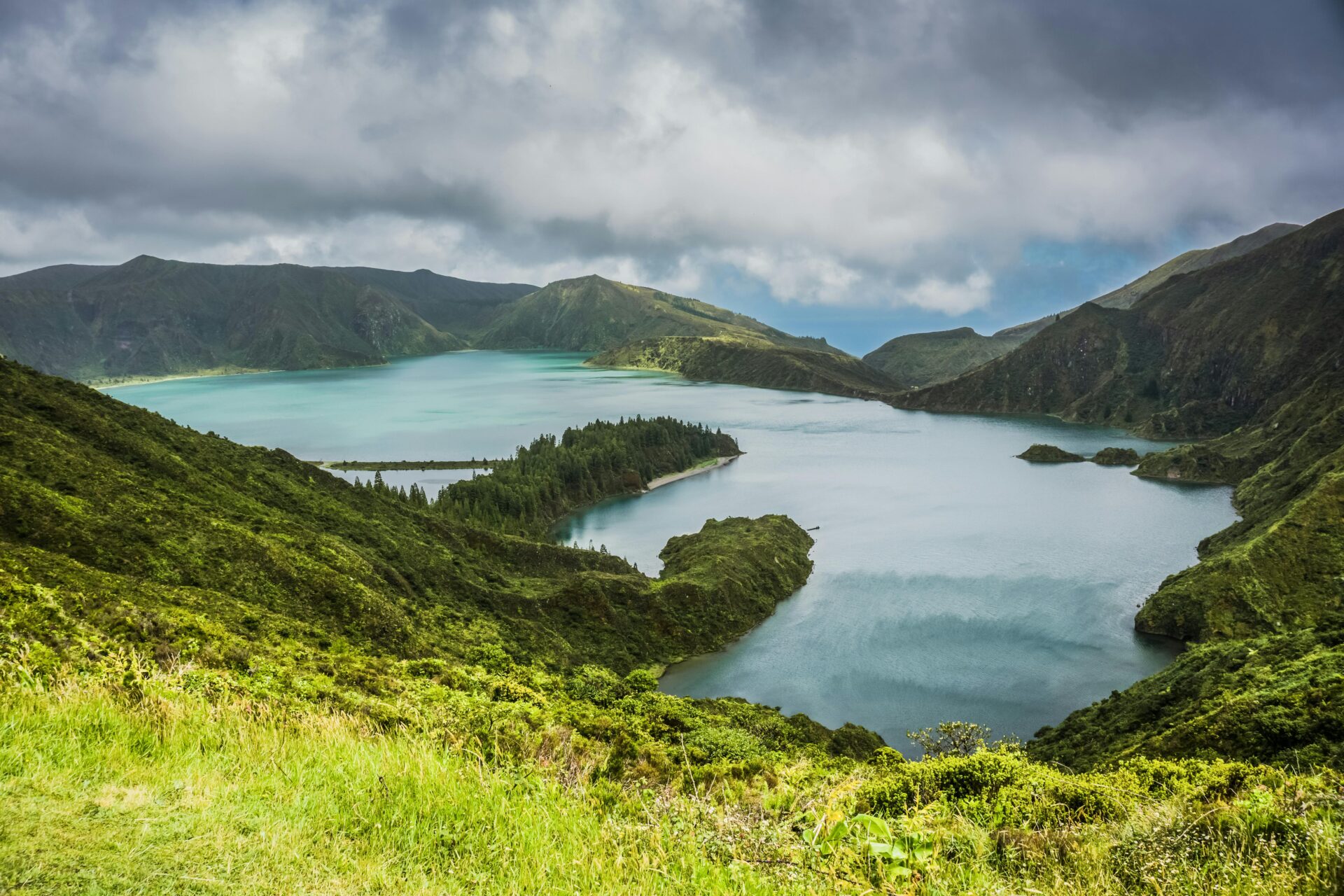
I found May through September offers the warmest weather with temperatures ranging from 65-75°F (18-24°C). These months provide ideal conditions for hiking, whale watching, and beach activities.
Winter months (November-March) bring more rainfall but fewer tourists. I enjoyed the peaceful atmosphere during my February visit despite occasional showers.
For whale enthusiasts, spring (April-May) is prime time as different species migrate through Azorean waters. The islands are also incredibly lush during this period with wildflowers carpeting the volcanic landscapes.
Transportation and Getting Around
Island hopping in the Azores requires some planning. SATA Air Açores operates daily flights between islands, which I found reasonably priced when booked in advance.
Ferries connect some islands during summer months (May-September), offering a scenic alternative to flying. The Atlânticoline service was reliable but schedules can change based on weather conditions.
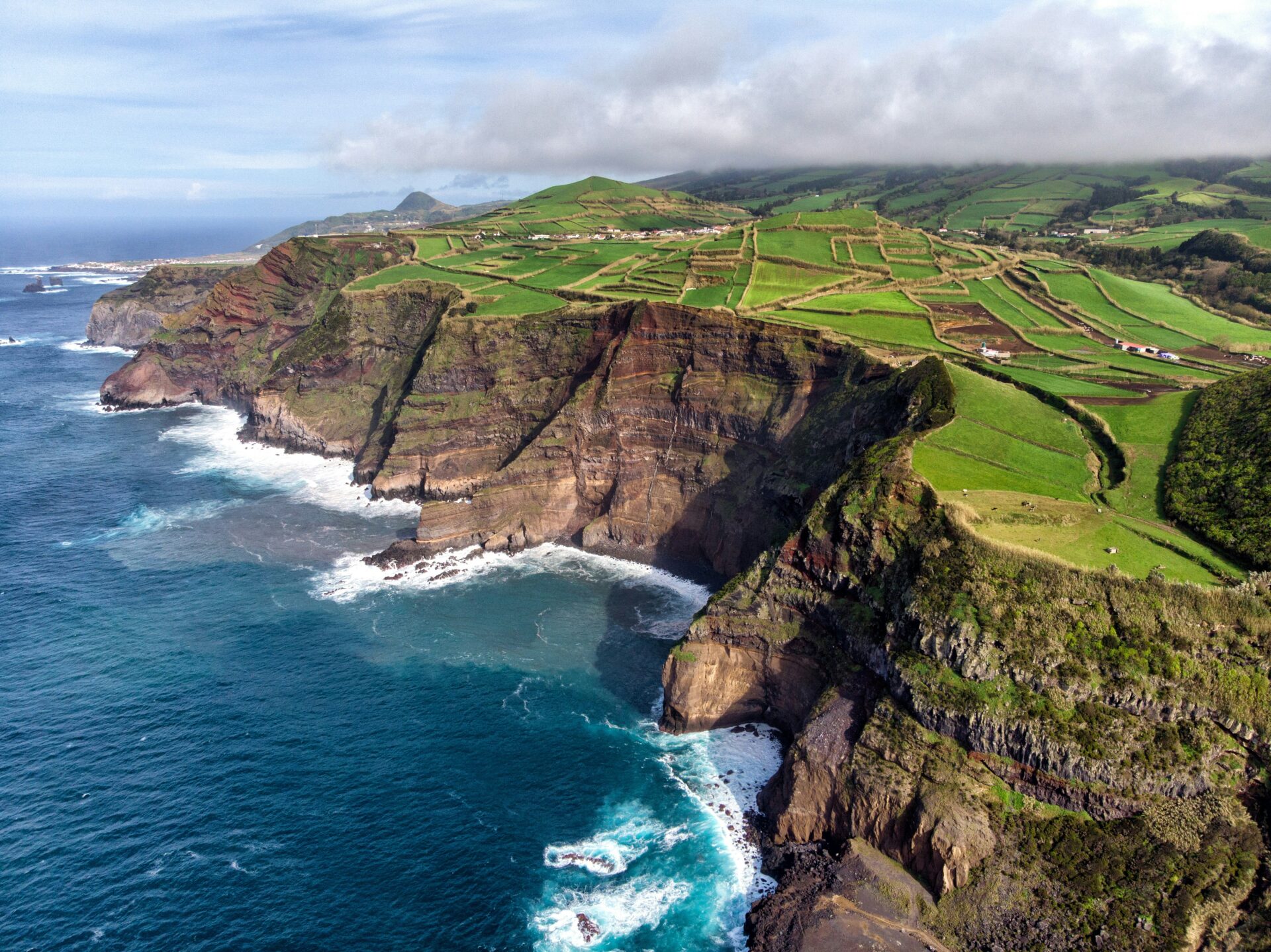
On individual islands, renting a car provides the most flexibility. I recommend booking ahead, especially during high season. Many roads wind through mountainous terrain, so be prepared for narrow passages and occasional fog.
Public buses operate on the larger islands like São Miguel and Terceira. While affordable, schedules are limited and don’t reach all attractions.
Taxis are available in main towns and can be hired for half or full-day tours. My driver on Pico Island doubled as an unofficial guide, sharing local stories and secret spots.
Discovering the Natural Beauty
The Azores captured my heart with their breathtaking landscapes shaped by volcanic activity over millennia. Nature created a paradise of steaming thermal pools, vibrant crater lakes, and unique ecosystems found nowhere else on Earth.
Hot Springs and Volcanic Lakes
I found myself mesmerized by the geothermal wonders scattered across the islands. On São Miguel, the Terra Nostra hot springs welcomed me with iron-rich, golden-brown waters that felt incredibly therapeutic after a day of hiking.
The twin lakes of Sete Cidades took my breath away with their striking blue and green colors nestled in an ancient volcanic crater. Local legend says these colors came from the tears of a princess and shepherd who couldn’t be together.
Furnas Valley offered another highlight with its fumaroles and bubbling mud pools. Here, locals cook the traditional cozido stew underground using natural volcanic heat. The experience of eating food cooked by the Earth’s energy was truly unique.
Flora and Fauna Hotspots
The islands’ isolation created remarkable biodiversity that surprised me at every turn. Hydrangeas bloom everywhere during summer months, creating blue and purple borders along roadways and hiking trails.
Bird watching proved exceptional with species like the Azores bullfinch, found nowhere else in the world. I spotted this rare bird while hiking through the laurel forests of São Miguel.
The ocean surrounding the Azores teems with marine life. My whale watching trip revealed sperm whales, dolphins, and even a glimpse of the massive blue whale. Local guides explained that the nutrient-rich waters make these islands one of Europe’s best spots for cetacean observation.
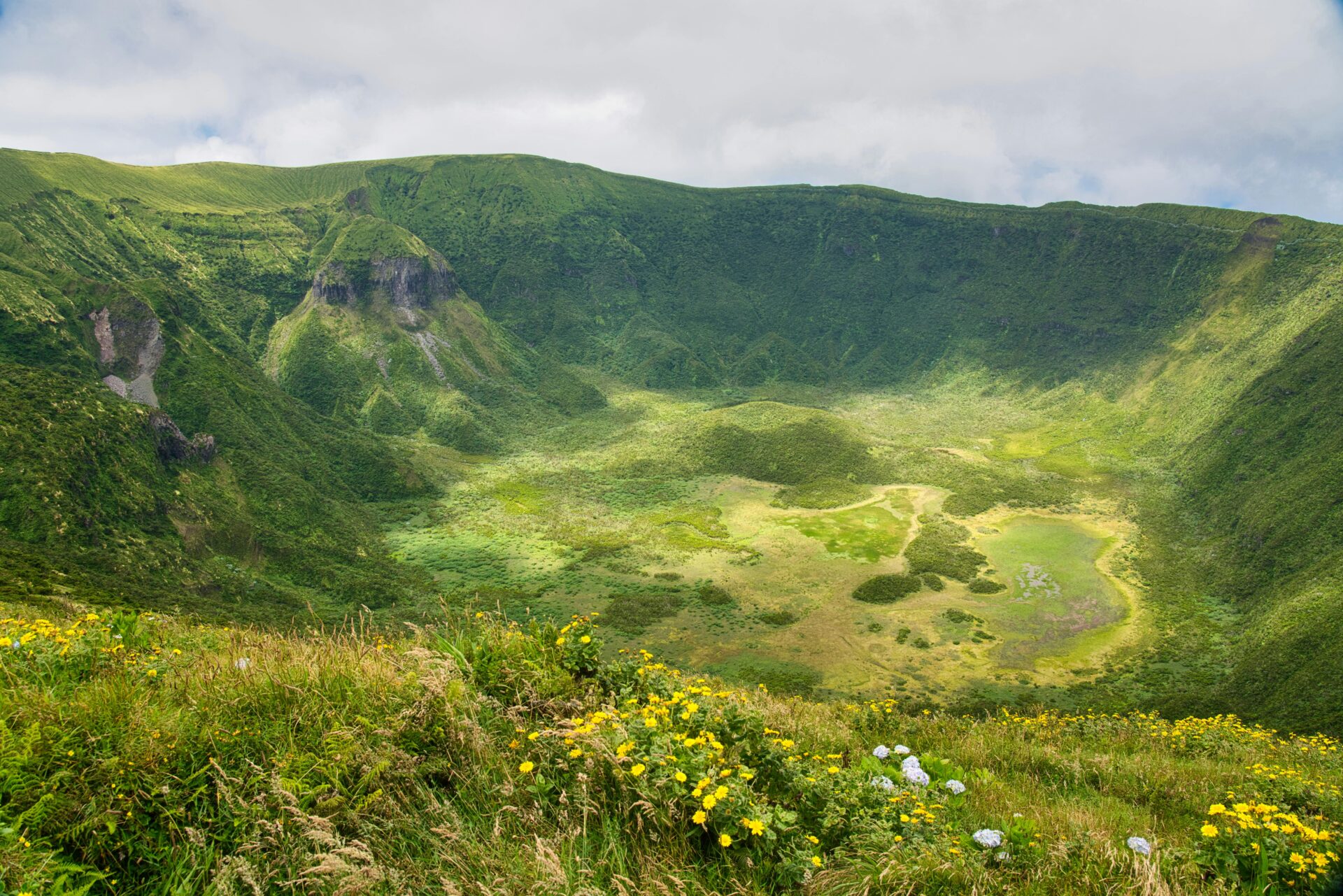
The Faial Island’s botanical garden showcased the archipelago’s endemic plants, many evolved in isolation from their mainland ancestors. Walking among these unique species gave me a deeper appreciation for the islands’ natural heritage.
Food and Gastronomy: A Delightful Surprise
The Azores offer a rich culinary landscape that became one of the highlights of my trip. Their hearty, peasant-style cooking combines fresh seafood, local dairy, and farm-to-table ingredients in ways that left me constantly craving more.
Local Tastes and Culinary Experiences
The Azorean cuisine surprised me with its simplicity and incredible flavors. Based on traditional peasant-style cooking, the food here is hearty, satisfying, and absolutely delicious. I found myself asking for seconds at nearly every meal!
Fish and seafood appear in almost every dining experience, which makes sense for these Atlantic islands. The catch-of-the-day options were always incredibly fresh and prepared with minimal fuss to let the natural flavors shine.
The dairy products were another standout. With so many cows grazing across the islands, especially São Miguel, the local yogurt and cheese were some of the best I’ve ever tasted. I started each morning with creamy local yogurt that put supermarket varieties to shame.
Dining with a View
What makes eating in the Azores even more special is where you get to enjoy your meal. I found charming restaurants perched on cliffsides with sweeping ocean views that made every bite taste better.
On the Terceira and São Jorge islands, I discovered small family-run spots where the owners proudly served dishes made from recipes passed down through generations. The passion for their culinary heritage was evident in every carefully prepared plate.

Farm-to-table isn’t just a trend here—it’s simply how people eat. Many restaurants source ingredients from nearby farms or gardens, sometimes located just behind the restaurant itself. This connection between land and plate creates an authenticity that’s hard to find elsewhere.
Adventure Awaits: Activities for Thrill-Seekers
The Azores offers an incredible playground for adventure enthusiasts like me. During my visits, I’ve discovered that these volcanic islands provide the perfect balance of adrenaline-pumping activities and stunning natural settings.
Whale Watching and Marine Life Encounters
The waters surrounding the Azores are among the best places in the world for whale watching. I spotted sperm whales, fin whales, and even the massive blue whale during my spring visit. The ocean here serves as a highway for about 25 different cetacean species throughout the year.
Most tours depart from Ponta Delgada on São Miguel or from Terceira Island. My three-hour expedition cost around €60, but the experience was priceless. The guides were marine biologists who shared fascinating insights about these magnificent creatures.
Beyond whales, I also encountered playful dolphins that swam alongside our boat. For the truly adventurous, some companies offer swimming with dolphins in their natural habitat—an experience that left me speechless.
Hiking and Outdoors Adventures
The volcanic landscape of the Azores creates a hiker’s paradise. My favorite trek was to Sete Cidades on São Miguel. I marveled at the famous twin lakes—one blue, one green—from the Vista do Rei viewpoint.
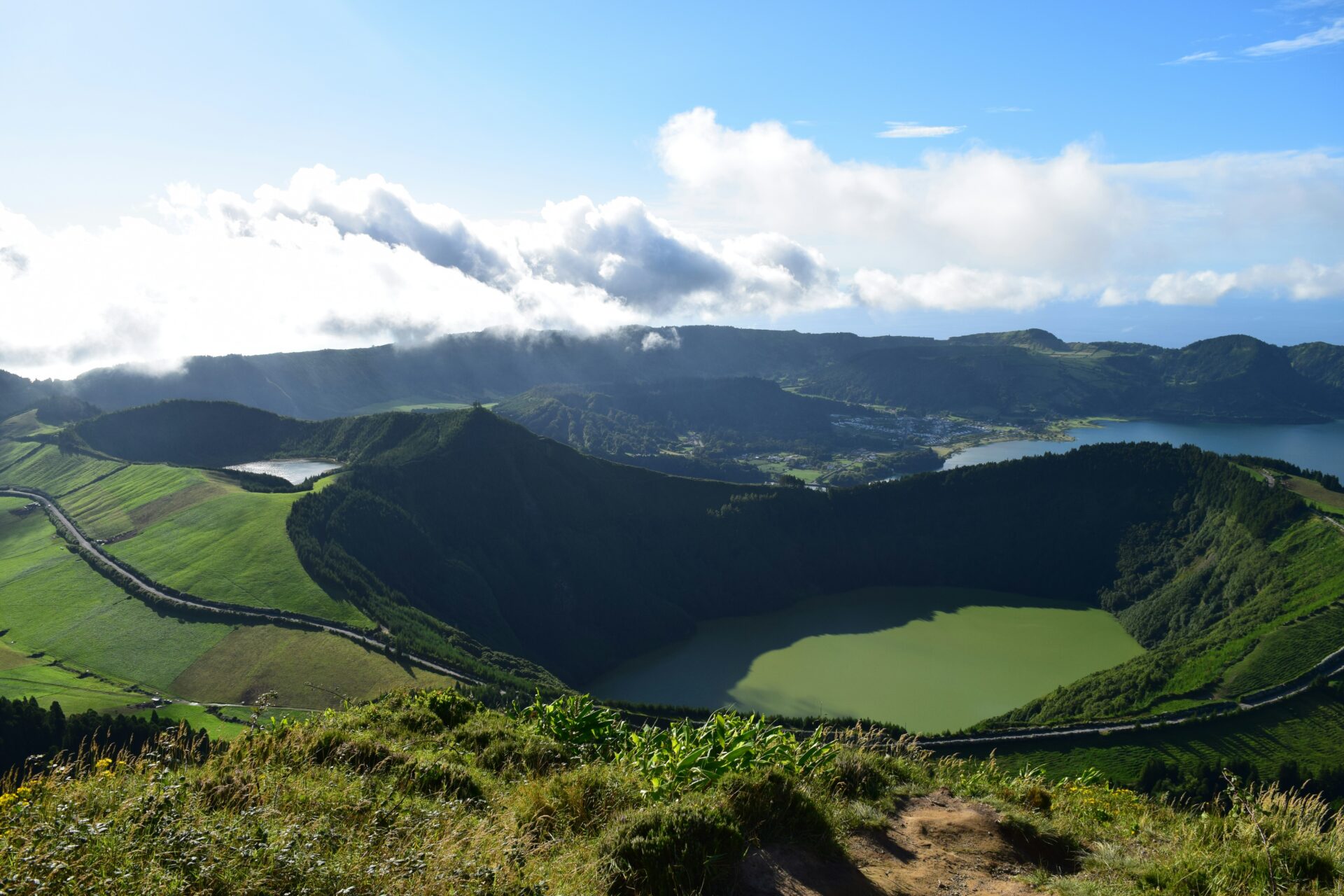
For a more challenging adventure, I climbed Mount Pico, Portugal’s highest peak at 7,713 feet. The six-hour round trip demands good fitness but rewards with breathtaking panoramic views across multiple islands.
Terceira island proved perfect for combining outdoor activities, with everything within a 20-minute drive. I explored fascinating lava tubes, kayaked in crater lakes, and hiked along dramatic coastal trails.
Many paths are well-marked and maintained, making solo exploration possible. However, local guides enhanced my experience by pointing out hidden gems and sharing island stories I would have otherwise missed.

